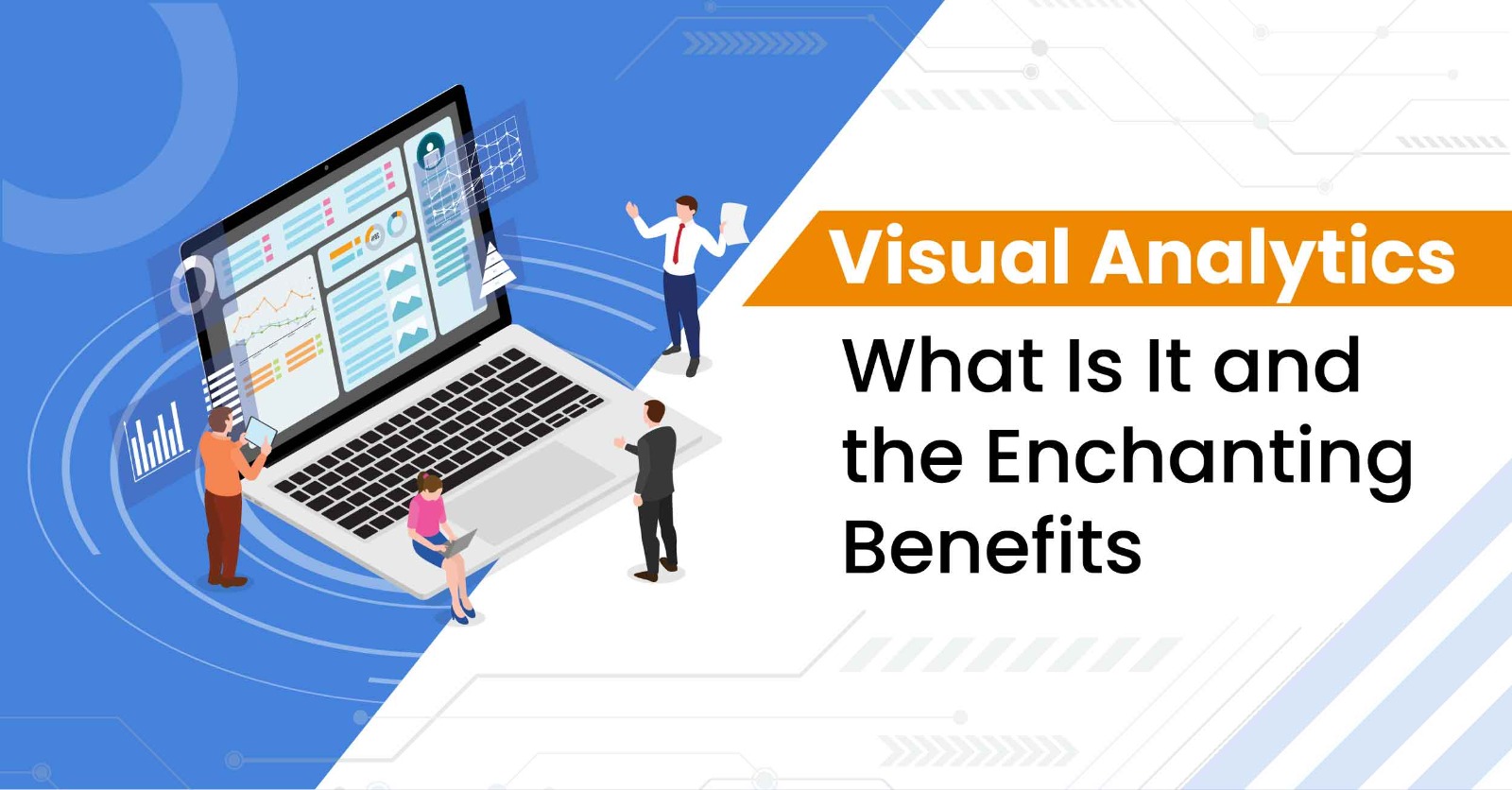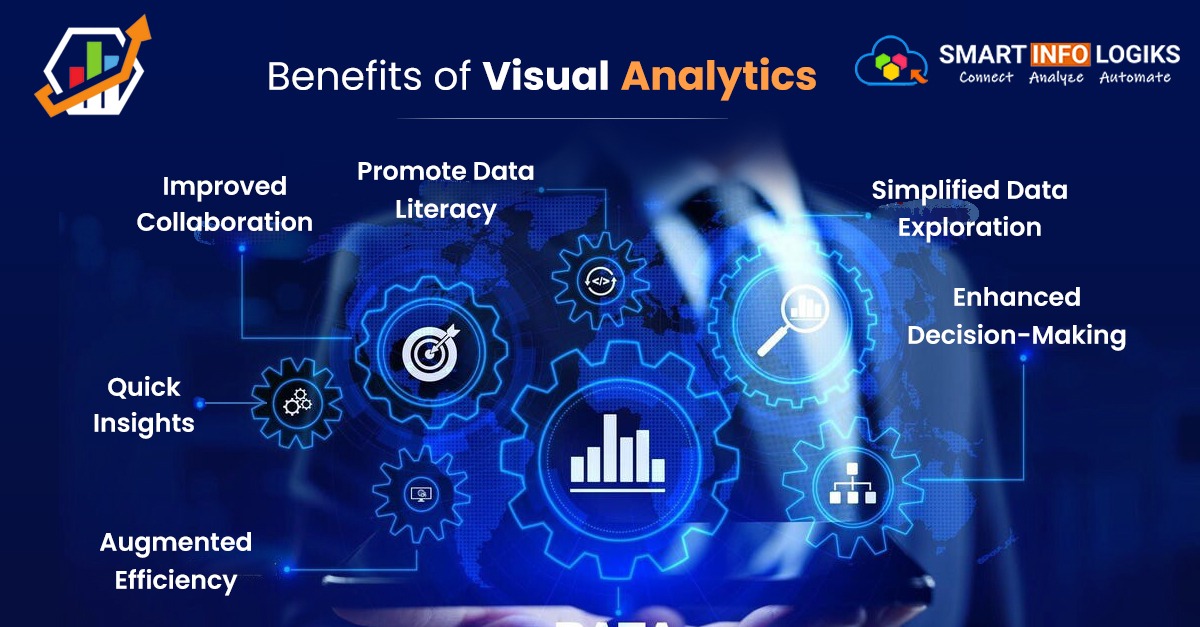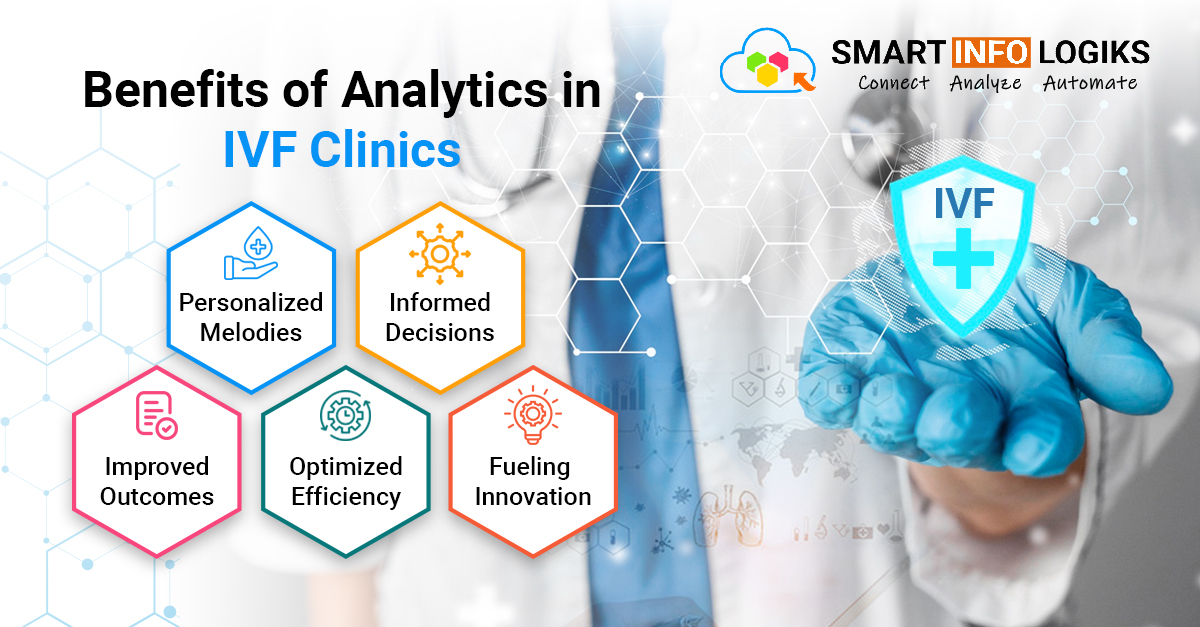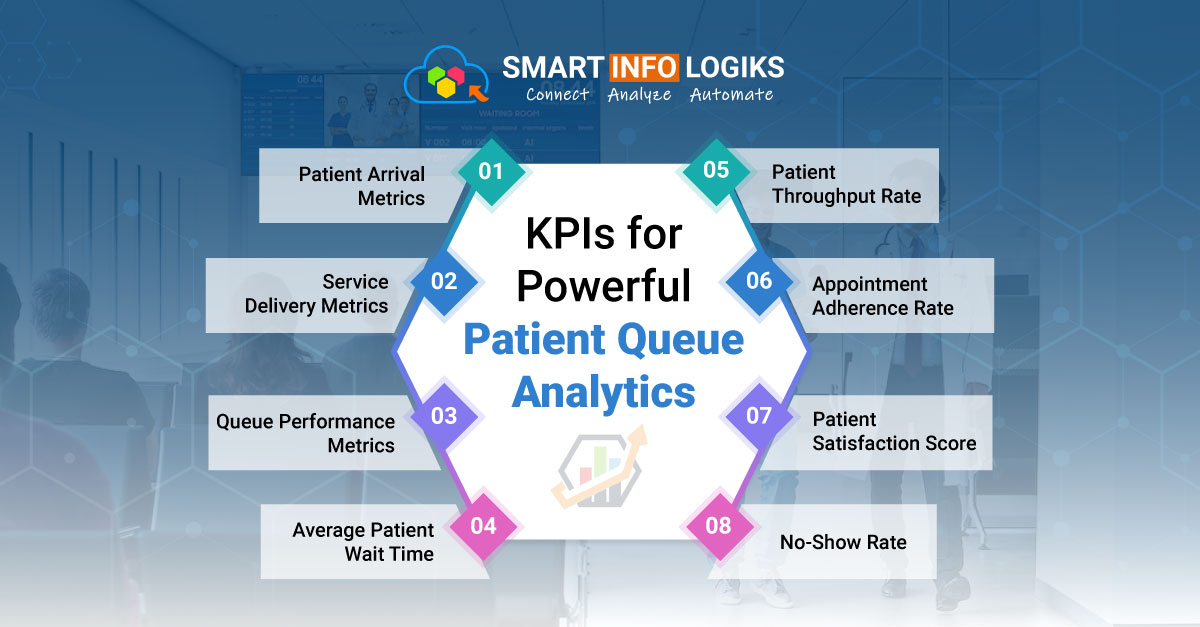
Table of Contents
Introduction
Combine human capabilities with the storage and processing capacities…
Visual analytics emerged as a prominent trend, revolutionizing the way business owners manage vast amounts of data previously confined to cumbersome spreadsheet files. Its introduction has been particularly welcomed by those grappling with the intricacies of data complexities.
Now one can easily ingest, analyze, and translate data into a visual representation to make data interpretation easier and more accessible to important players in an organization.
What is Visual Analytics?
Visual analytics entails leveraging visuals to grasp extensive datasets, resembling the creation of maps, charts, or graphs to identify patterns, trends, or anomalies. This approach aids individuals in making decisions by relying on easily comprehensible and visually accessible information. In short, it transforms numerical data into visual narratives, simplifying the process of comprehension and utilization for individuals. This multidisciplinary approach merges computer science, statistics, and art to convert intricate datasets into interactive and comprehensible visuals, encompassing charts, maps, and graphs.
Visual analytics goes beyond mere data visualization; instead, it employs and harnesses the power of data visualization techniques.
It’s a perfect blend of machine learning and other tools to automatically sort through these particular datasets and discover patterns or trends. However, there’s some reliance on human judgement, since people can leverage the visuals to explore the data from themselves, asking their own queries and looking for their own answers.
Through it’s, identifying patterns becomes more accessible compared to traditional analysis, enabling the recognition of insights that might otherwise go unnoticed. This powerful tool extends its utility to different applications, from sales tracking to weather prediction, improving its role in informed decision-making.
What Distinguishes Visual Analytics?
The strength of visual analytics lies in its capacity to integrate both data analysis and interactive visual elements, surpassing the limitations of a predefined dashboard. Users can rapidly generate diverse visualizations for a deeper understanding of trends or to address particular queries, facilitating a more thorough exploration of the data.
However, data visualization helps answer “what” questions, the constraints inherent in traditional approaches hinder users from comprehending the factors behind these trends. This is where visual analytics becomes crucial, simplifying intricate data analysis through visual elements and empowering users to explore the underlying reasons (why) behind their data.
Advantages of Visual Analytics
Visual analytics is a powerful and valuable tool for medium and large businesses across different sectors. Concerning the business and finance sector, it can help in analyzing financial data, identifying market trends, and driving strategic decisions on the basis of real-time data.
The global business intelligence and analytics software market is likely to reach $26.78 billion by 2023 (Source: scikiq). Concerning healthcare, it can aid providers in analyzing patient data, spot patterns in medical records, and enhance patient outcomes. The global healthcare analytics market is likely to reach $84.2 billion by 2026. (Source: scikiq)
Besides, visual analytics can aid marketers in tracking customer behavior, analysing customer data, and generating targeted marketing campaigns. It can assist manufacturers to optimize production processes, minimize costs, and enhance product quality. Lastly, it can help educators in analyzing student data, identifying areas for enhancement, and personalizing learning experiences.
Anticipated to exhibit a compound annual growth rate (CAGR) of 19.30% from 2023 to 2030, the global visual analytics market is poised to achieve a valuation of USD 31.4 billion by 2030. This underscores its rapid expansion and increasing significance across various sectors. (Source: scikiq)
Visual analytics delivers multiple benefits, encompassing:

Quick Insights
Utilizing interactive visualizations enables the rapid recognition of patterns, trends, and outliers in data., resulting in quicker insights.
Enhanced Decision-Making
Visual analytics can assist users in making better decisions by offering more accurate and pertinent information.
Augmented Efficiency
Through the optimization of the data analysis workflow, it can enhance the quality of insights while saving both time and resources.
Improved Collaboration
Visual analytics allows teams to function together and share insights more efficiently, resulting in better outcomes.
Simplified Data Exploration
Self-service BI analytics tools enable users to interact with data visually, allowing the discovery of concealed relationships and patterns independently, eliminating the need for IT specialists’ assistance and thereby enhancing data exploration capabilities.
Promote Data Literacy
Through simplification of data comprehension and accessibility, it standardises data analytics, including a wide range of individuals across the organization and fostering data literacy at all levels.
Visual analytics accelerates decision-making by distilling complex data into intuitive visual representations, fostering data-driven insights and enhancing organizational agility for sustained business success.
The Mechanism of Visual Analytics
This basically includes four vital stages:
- Data Preparation
Data is gathered, cleaned, and prepared for analysis.
- Visual Exploration
Data is then visualized with the help of multiple techniques like scatter plots, histograms, and heat maps.
- Data Analysis
The data undergoes analysis employing machine learning and other analytics tools to discern patterns and trends.
- Interpretation
Interpretation of insights is conveyable to shareholders through interactive dashboards, reports, and presentations.
Conclusion
In essence, visual analytics serves as a tool empowering businesses to extract meaningful insights from extensive datasets. It equips them with the capability to quickly identify patterns, thereby enhancing their operational understanding and contributing to elevated success by attaining a deeper level of performance comprehension.
In the face of continually expanding volumes of data, it becomes a valuable asset, aiding us in identifying actionable information. This, in turn, facilitates quicker and more accurate decision-making for improved outcomes.
Smartinfologiks, believes that Visual Analytics stands as a pivotal catalyst in the realm of data-driven decision-making. As we navigate through the vast expanses of data, its ability to distill actionable insights proves indispensable, allowing us to enhance the speed and accuracy of our decision-making processes. By unlocking patterns and trends within extensive datasets, it empowers organizations to not only understand their operations at a profound level but also to adapt and thrive in the dynamic landscape of today’s data-driven world.
Leverage a transformative tool that propels businesses towards more informed and successful endeavours with Smartinfologiks!


